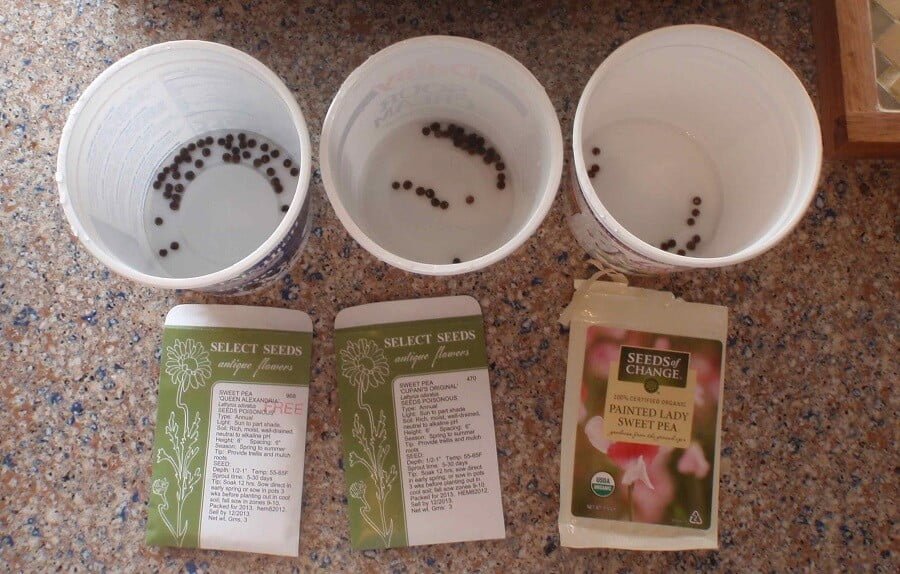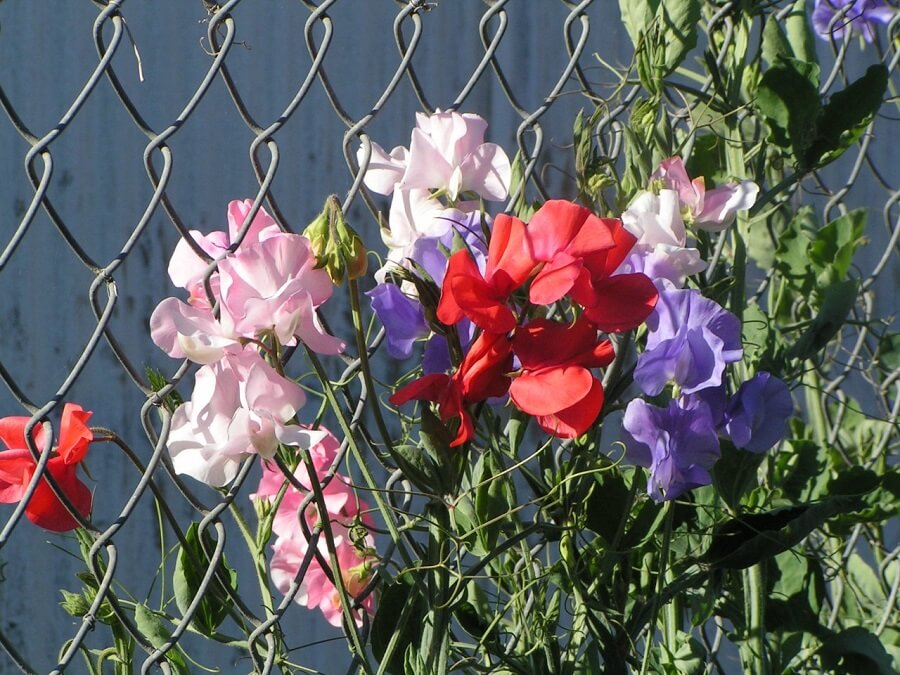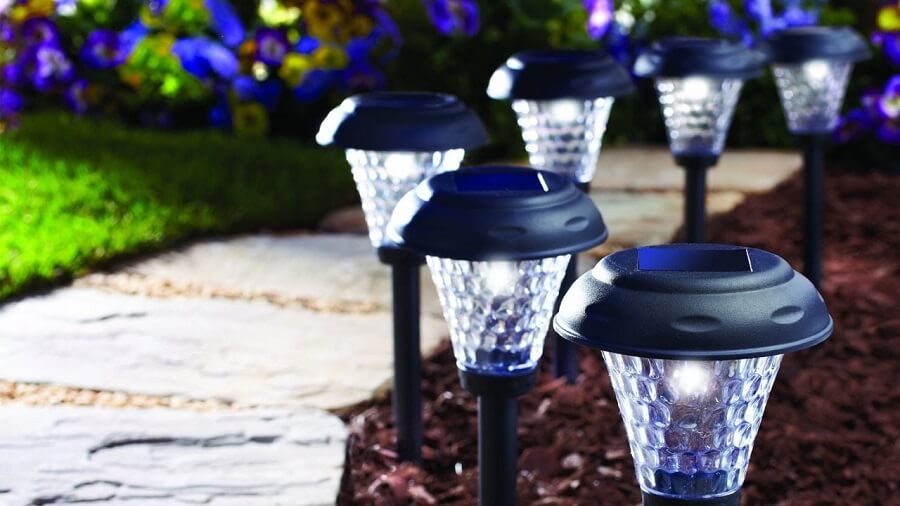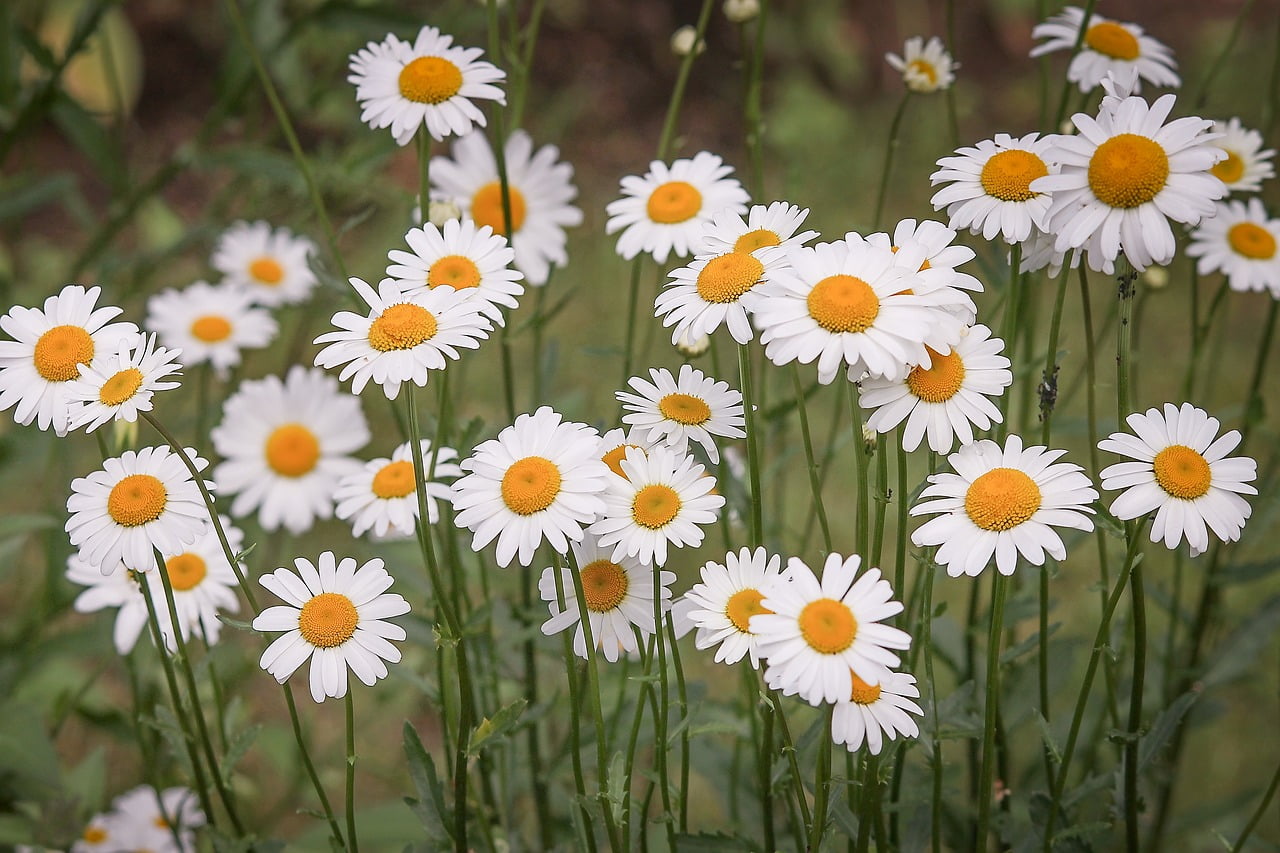How to Plant Sweet Peas: The Complete Guide
1. Buy the Seeds
The first step to planting sweet peas is to choose the variety that you want and buy the right seeds. There are many varieties of sweet peas, each more charming than the next. The so-called “Old-Fashioned” sweet peas are extremely fragrant, so if you’re looking to bring some lovely scents to your garden, you might want to try this variety. Another popular variety is called “Spencer” and it comes in many different colors. You can grow white, pink, blue, purple, or red flowers. However, these are not as fragrant as the “Old-Fashioned” ones. Thus, before making a decision, think about what your gardening goals are. Are you looking for something that appeals to the eyes or to your sense of smell?2. Decide When You Want to Plant the Seeds
Now that you’ve purchased the seeds, it’s time for you to establish the best time to sow them. One of the greatest things about sweet peas is the fact that they are not high-maintenance, so they can grow in almost any type of soil and growing zone. Still, that doesn’t mean that all areas allow you to plant the seeds whenever you want. Usually, experts recommend planting the seeds quite early in the year, more precisely in January or February. Even if planting seeds in winter doesn’t sound like the best option, this is in fact what sweet peas require, since they need plenty of time to form their root system before the summer. Now, you might wonder how you can sow seeds in January if the ground is frozen. If you live in an area with extremely cold weather, where the soil freezes in the winter time, then you can start the seeds indoors. They will develop seedlings that you can move outside when the weather starts to get a little warmer. Whatever you do, don’t wait until late spring to plant the seeds, because they won’t have time to properly develop in expectancy of the hot summer weather. If where you live the winters are not as harsh, then you’re one of the lucky ones. That means that you can plant the seeds straight into the ground. You can do this in the first or second month of the year, but you can also start earlier, for instance in November. What you should remember is that your seeds will need plenty of water all throughout the cold season.3. Prepare the Sweet Peas
If you want to help your plants germinate easily, you’re going to have to penetrate their shell before planting them. There are two ways in which you can do that. The first one entails using a nail clipper or a knife and nicking the seeds carefully. The second one involves placing the seeds in a container full of water and keeping them like that overnight. If you choose the second option, keep in mind that you should only plant the seeds that have swollen and get rid of the rest.
4. Start the Sweet Peas in a Tray
If the area where you live doesn’t allow you to plant the seeds directly outside, you should start them inside by planting them in a tray. Around 5 weeks before you want to plant them outside, purchase some seed starting mixture and fill as many trays as you want, depending on the number of flowers you want to get. Then, plant the seeds making sure they’re 3 inches apart and 1 inch deep. After you’ve watered them, place the trays on a windowsill. They’re going to need sunlight and plenty of warmth in order to start growing. We also advise you to cover the trays with plastic wrap for at least a week. This will keep the temperature more stable. When you start seeing seedlings, you can remove the wrap and make sure the new growths have enough water and warmth until they’re ready to be transplanted.5. Choose the Location of Your Future Flowers
The place where you plant the seedlings is very important for their future growth and development. Which is why you should choose a sunny area and one that allows the plants to climb unencumbered. Their tendrils will usually find any type of support near them and start climbing. This is why if you have a fence in your backyard, you should plant the seedlings next to it. You can also create an arch for them or support their growth with a trellis. As you can see, apart from plenty of sunlight, sweet peas don’t require any other specific conditions. You can even plant them among vegetables or shrubs, and they will still develop nicely.
As you can see, apart from plenty of sunlight, sweet peas don’t require any other specific conditions. You can even plant them among vegetables or shrubs, and they will still develop nicely.
Can I Use the Same Steps to Grow Potatoes as I Would for Sweet Peas?
When it comes to growing potatoes, it might be tempting to think you can use the same easy steps for growing potatoes as you would for sweet peas. However, these two plants have different requirements. While both need well-drained soil and sunlight, potatoes thrive in slightly acidic soil with proper hilling, while sweet peas prefer a more neutral pH and need support for climbing. So, it’s important to follow the specific steps for each plant to ensure a successful harvest.
6. Prepare the Soil
Before actually planting the seedlings, you’re going to want to make sure that the soil is perfect for growing sweet peas. First of all, check if it drains well. Second of all, use a tiller to loosen it about 6 inches deep and then mix it with manure or compost. You should always fertilize your soil before planting the seedlings, but this is especially true if your garden has clay soil. When it comes to soil drainage, this is easy to establish after a heavy rain. If you notice puddles that stick around a while after the rain has stopped, it might mean that your soil has problems draining the water. In extreme cases, this might constitute a problem for your seedlings. If you want to make sure everything goes according to plan, consider planting the seedlings in raised garden beds instead of straight into the soil.7. Plant the Seeds/Seedlings
Regardless of whether you’re planting sweet peas seeds or seedlings, the best time to do this is in late winter to early spring. If you have seedlings, remember to pinch the buds before transplanting them, in order to encourage new growths. Take a look at the video below where you can learn the right way to do that. For seedlings, you need to dig holes that are 5 inches apart. Their depth depends on the seedlings’ roots. After you’ve placed the seedlings into their places, take some soil and gently pat it around them. If you’re planting seeds, the holes should be 3 inches apart and 1 inch deep. You should move them further apart only after they’ve formed seedlings. Once you’ve planted the seeds or seedlings, the final step is to provide them with plenty of water.8. Take Care of the Plants
Congratulations, you’ve successfully planted sweet peas. All that’s left for you to do now is take care of them and make sure they’ll develop into gorgeous flowers. One of the most important things to remember is that sweet peas tend to be challenged by hot weather. This means that in summer, you should water them as often as every day in case it doesn’t rain. You don’t necessarily have to fertilize the plants constantly, but if you want to truly get the best results, we recommend you to do so. You can purchase a high-potassium fertilizer and apply it once every month in order to preserve your plants’ blooms for weeks on end.
If you notice any faded blossoms, you should remove them immediately. That’s because they might draw from the plant’s energy and hinder the growth of new flowers. Also, if you cut part of the flowers once in a while, you’ll be able to enjoy new and beautiful growths. Since their fragrance is so lovely, you can make bouquets out of sweet peas flowers and decorate your home with them.
Finally, remember that sweet peas are annual plants, which means that they won’t grow next year on their own. If you want to enjoy them for more than one year, you’ll have to save some seed pods and then replant them in late winter or early spring.
You don’t necessarily have to fertilize the plants constantly, but if you want to truly get the best results, we recommend you to do so. You can purchase a high-potassium fertilizer and apply it once every month in order to preserve your plants’ blooms for weeks on end.
If you notice any faded blossoms, you should remove them immediately. That’s because they might draw from the plant’s energy and hinder the growth of new flowers. Also, if you cut part of the flowers once in a while, you’ll be able to enjoy new and beautiful growths. Since their fragrance is so lovely, you can make bouquets out of sweet peas flowers and decorate your home with them.
Finally, remember that sweet peas are annual plants, which means that they won’t grow next year on their own. If you want to enjoy them for more than one year, you’ll have to save some seed pods and then replant them in late winter or early spring.









